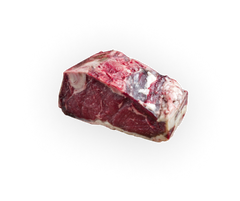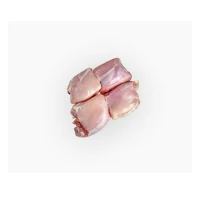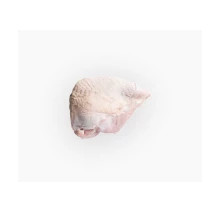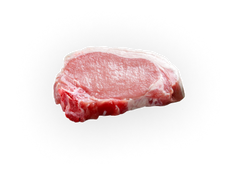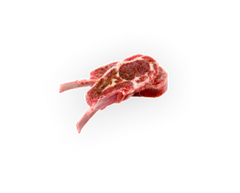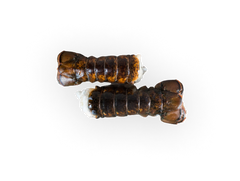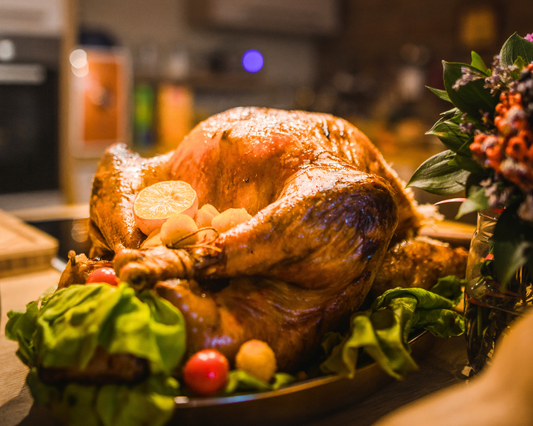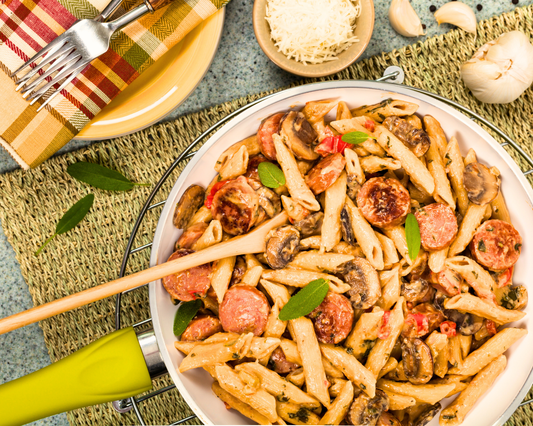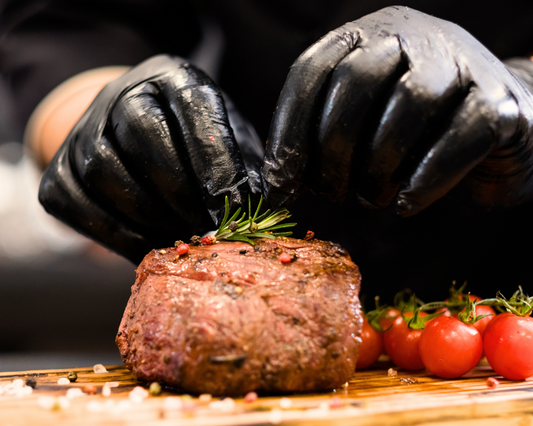Making fish & chips at home has long been a hit-or-miss operation. When fish and chips are good, they’re good. However, when fish and chips are soggy or overcooked? That’s when fish and chips night becomes pizza night. Lucky for you, we have the foolproof guide for making the perfect fish & chips at home:
What Type Of Fish Should You Use For Fish & Chips?
On some menus, the fish in fish-&-chips is simply listed as white fish. This likely means that the fish used was the traditional cod or the less-expensive tilapia.
If the type of fish is mentioned in the menu, you’ll probably see things like:
- halibut
- haddock
- flounder
- pollock
With a variety like this, how can you possibly know which fish is best for frying? Well, we’re going to tell you, that’s how!
Using Haddock For Fish & Chips
Haddock is an excellent choice for fish & chips because it’s the perfect balance between firm and flakey with a sweet but not overpowering flavour. This means it compliments the other flavours on your plate and holds up well to battering, breading, baking, and frying.
*Pro Tip: When using frozen haddock you should thaw it out, and then pat it dry with a paper towel before coating it.
Order Wild Digby Haddock Filets!
Should You Use Batter Or Breading For Your Fish & Chips?
Traditionally, fish & chips is a fried dish. That’s how you get the perfect crispy shell of golden deliciousness on the outside.
Less traditionally, you can bake your fish & chips instead of frying it. This lighter option uses a breaded coating to get that crunchy texture that you’re looking for, with a bit less oil than the fried version.
The best way to pick which version you like better? Make ‘em both, of course!
For a fried dish, try a traditional recipe like this one for your batter.
*Pro Tip: You've heard of beer-battered fish - the use of beer adds carbonation to the recipe which helps give a light, crispy finish to your fish & chips. You can get a similar effect by using sparkling water in your batter, or a combination of both.
If you want to try oven-baking your fish & chips, try a straightforward recipe like this one.
*Pro Tip: using a mix of cornmeal and breadcrumbs elevates your baked fish & chips by giving a firm, crunchy coating without overpowering the flavour of the fish.
How To Make Fries For Fish & Chips
Whether you want to bake or fry your spuds, there’s a few key steps to making restaurant-quality fries at home:
- Pick the right potatoes: Russet potatoes work best for frying while Yukon gold potatoes are best for baking.
- Soak your potatoes for at least an hour or ideally overnight. This removes starch from the potatoes, which helps make your fries crispier. Make sure you let the potatoes completely dry before cooking!
- Seasoning is your friend! Salt, pepper, dill, parmesan… whatever flavours you like to pair with your chips, make sure you season those sticks of crispy goodness!
The Best Fish & Chip Condiments
You’ve got your fish, you’ve got your chips, now you need to step it up and get your toppings!
Tartar sauce is a traditional, flavourful dipping sauce made with mayonnaise and dill. Making your own from scratch is easy and far tastier than what you can get at the store!
Not a mayo fan? No problem! You can substitute plain Greek yogurt for a lighter, but still creamy, sauce.
- Lastly, to finish your dish just add:
- few wedges of lemon
- dash or two of malt vinegar for your chips
- sprinkle of salt and a dollop of ketchup (if you’re into that)
Order Premium Fish Now
Ready to put our recipe/guide to the test? Order our flakey, tender haddock fillets caught off the “sea-bound” coast of Nova Scotia today!
